Hermit Crab Molting Signs
Updated on 04/26/24
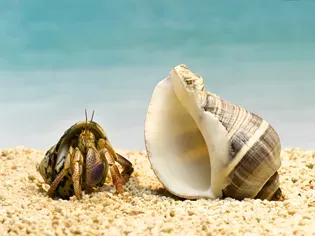
Unveiling the Enigmatic Molting of Hermit Crabs: A Comprehensive Guide to Their Transformation
In the realm of marine life, hermit crabs stand out as captivating creatures with a unique and fascinating life cycle. Among their most intriguing behaviors is the process of molting, a transformative event that plays a pivotal role in their growth and survival. This blog post will delve deeply into the distinctive signs of hermit crab molting, providing a comprehensive guide for curious observers and dedicated crab enthusiasts alike.
Chapter 1: Understanding the Essence of Molting
Molting, an essential physiological process, is the periodic shedding of an old exoskeleton, or outer shell, to make way for a new, larger one. This biological phenomenon enables hermit crabs to accommodate their ever-increasing size and to repair any damage sustained to their existing exoskeleton.
Chapter 2: Deciphering the Signs of Impending Molt
Prior to molting, hermit crabs exhibit a series of telltale signs that indicate the impending transformation:
* Increased Appetite: Crabs may consume significantly more food in preparation for the energy-intensive molting process.
* Lethargy and Hiding: Crabs may become less active and seek shelter in secluded areas as they prepare for the vulnerable shedding of their exoskeleton.
* Pale Exoskeleton: The crab's exoskeleton may appear dull or chalky as the underlying new exoskeleton begins to form beneath.
* Withdrawal from Shell: Some hermit crabs may temporarily abandon their shells, indicating that they are preparing to molt.
Chapter 3: Witnessing the Molting Process
Once the preparatory stage is complete, the molting process commences:
* Exuviation: The crab releases its grip on its old exoskeleton, which splits along the midline of the body.
* Extraction: The crab carefully extracts itself from its old shell, revealing the soft and vulnerable new exoskeleton beneath.
* Expansion: The new exoskeleton is initially soft and pliable, allowing the crab to expand its body to its full size.
* Hardening: Over the next several hours, the new exoskeleton gradually hardens, providing the crab with protection and support.
Chapter 4: Post-Molting Care and Behavior
After molting, hermit crabs are particularly vulnerable and require special care:
* Soft Exoskeleton: The newly hardened exoskeleton remains soft for a short period, making the crab susceptible to injury or attack.
* Feeding: Provide ample food sources to support the crab's recovery and growth.
* Avoid Handling: Limit handling post-molt to minimize stress and potential damage to the delicate new exoskeleton.
Chapter 5: Examples of Molting in Hermit Crab Species
To illustrate the diversity of molting patterns, here are specific examples observed in different hermit crab species:
* Pagurus bernhardus: Molts every few months, with the process taking several hours.
* Clibanarius vittatus: Molts more frequently than other species, with intervals ranging from one to two months.
* Coenobita clypeatus: Molts infrequently, with intervals of up to several years.
Conclusion: A Captivating Journey of Transformation
Molting is an extraordinary event in the life of a hermit crab, a testament to their remarkable resilience and adaptability. By understanding the signs of impending molt and providing appropriate care during this vulnerable period, you can ensure the well-being of these fascinating creatures as they embark on their transformative journey. Whether you are a seasoned crab keeper or a curious observer, witnessing the molting process offers a unique glimpse into the hidden world of these enigmatic marine invertebrates.
Explore More Pets

Exotic Pet Species
Should You Keep a Chimpanzee as a Pet?

Exotic Pet Species
Should You Keep a Raccoon as a Pet?
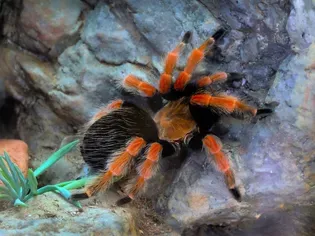
Exotic Pet Species
How to Care for a Pet Mexican Red-Knee Tarantula
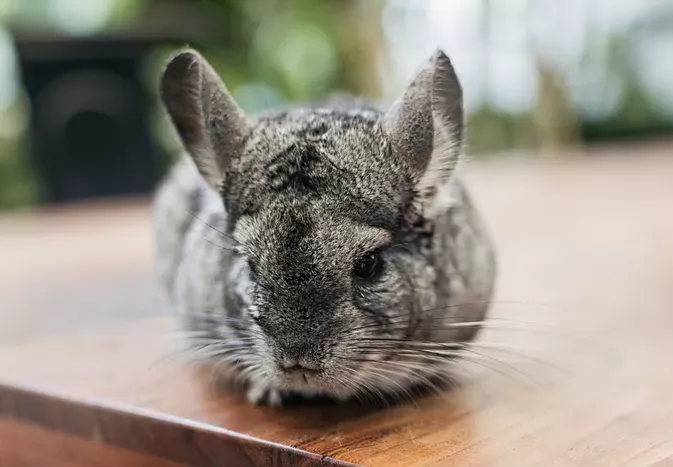
Exotic Pet Species
12 Best Exotic Pets for Apartment Living
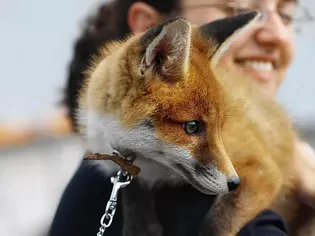
Exotic Pet Species
Best Foxes to Keep as Pets
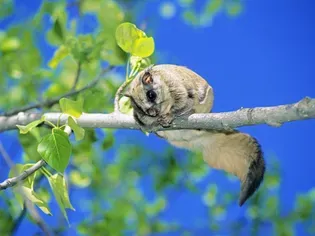
Exotic Pet Species
Should You Keep a Northern Flying Squirrel as a Pet?
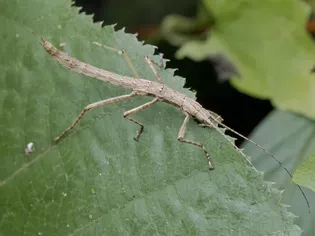
Exotic Pet Species
Should You Keep Stick Insect as a Pet?

Exotic Pet Species
Should You Keep a Big Cat as a Pet?